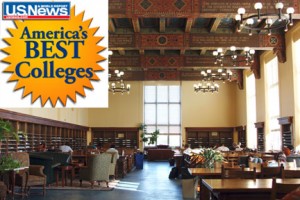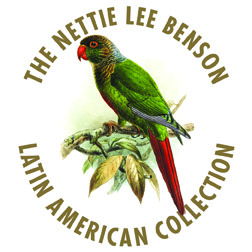 During the hectic weekday morning routine most of us call normal these days, an obituary in the Austin American Statesman begged my attention. Sgt. Major Mary Katherine Steinocher died June 25th. I didn’t know her, but the picture of a young, smiling woman wearing her Women’s Army Corps uniform compelled me to put down my toasted bagel and read on.
During the hectic weekday morning routine most of us call normal these days, an obituary in the Austin American Statesman begged my attention. Sgt. Major Mary Katherine Steinocher died June 25th. I didn’t know her, but the picture of a young, smiling woman wearing her Women’s Army Corps uniform compelled me to put down my toasted bagel and read on.
In short, Steinocher was a young woman who enlisted in the Army’s WAC program in 1941 and retired in May 1964. Almost 24 years of military service was condensed into a brief sentence, a modest footnote: “She received many medals, awards, and decorations in the service of her country”. It seems to me Sgt. Steinocher was a pioneer, serving in the military during a time when it really didn’t know what to do with women wanting to serve their country.
It got me thinking about my grandmother, Louise Jackman Orner. She was a pioneer of another sort – a 1921 graduate of Oregon State University (OSU), She went on to become an associate professor of secretarial science at OSU, at a time when society didn’t really know what to do with women wanting professional careers. Another full and complete life, condensed into another brief sentence: “After teaching at Centralia Business College, she became an associate professor in Secretarial Science at Oregon State University, a position she held for 35 years”.
My family created a memorial scholarship at Oregon State to honor Louise. We all feel a connectedness to the institution that my grandmother loved so dearly. We also feel connected to the generations of students her scholarship has supported. I’ll even admit to becoming a bit undone this morning when revisiting the OSU website to see Grandma’s name among the many memorial scholarships noted. It’s as if she hasn’t really left us – her spirit and love of education continue on today, nearly 30 years to the day since her death.
My profession allows me the honor of talking with people who wish to memorialize their loved ones with a gift to the University of Texas Libraries. I tell them their gift will come back to them a thousand times over. I tell them it will keep the name and memories of their loved one fresh and new. If asked, I will tell them it is because of a memorial scholarship created in loving memory of my grandmother, a pioneer.


 As most parents of college-bound kids know,
As most parents of college-bound kids know,  The Benson Latin American Collection
The Benson Latin American Collection
